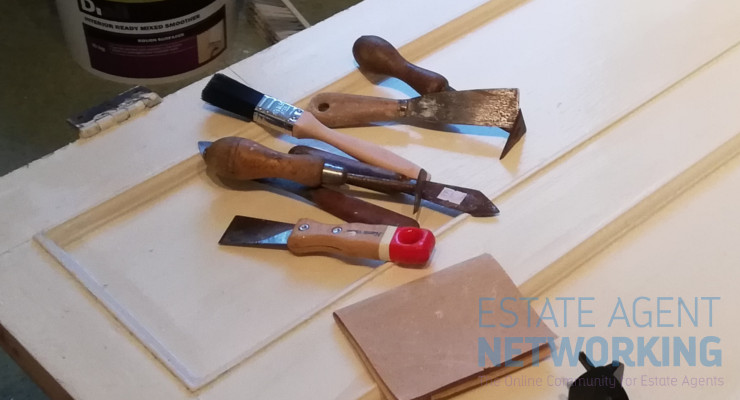What to do if you find asbestos at home
Finding a substance in your home that appears to be asbestos can be a worrying time. Asbestos has a fearsome reputation – it is carcinogenic, and worse, the symptoms often don’t display for many years after exposure, when it is far too late to do anything about it.
Of course, asbestos was officially banned from use in the UK in 1999 – and this has led many homeowners to believe that they are completely safe from the possibility of asbestos exposure. However, things are not that simple, and while asbestos was banned, this means it can still be present in properties built before the ban.
So, it is important that if you have found possible asbestos at your home, you should know what to do about it. Here we look at whether asbestos could be present at your property and the steps that you can take to deal with it.
Could your home contain asbestos?
Many homeowners believe that it simply isn’t possible that their home contains asbestos. Legally, someone would have had to let you know if asbestos was on the property? Or, it would have shown up on the house survey before you bought, right? Well, actually the truth isn’t quite as simple as this.
Someone selling a property must disclose the presence of any asbestos that they are aware of – however, it may be the case that they are not aware of the asbestos, as it can be hiding inside building materials. And in terms of a survey; a normal homebuyer surveyor won’t necessarily pick up on the presence of asbestos unless it is obvious.
The facts are simple: if your home was built before 2000, there is a chance that it contains asbestos. The only way to know for certain is to have the sample examined by experts, and potentially tested in a lab accredited to ISO/IEC 17075:2017 standards.
Common places you might find asbestos
So, where is asbestos commonly found in homes? Many people associate asbestos with insulation and it certainly has been used extensively for this purpose. However, it can also turn up in a number of other places, and some of these you might not be aware of.
Ceiling coating sprays such as Artex (which were very popular in homes decorated in the 70s and 80s) often contained asbestos. And the substance was also regularly used as a constituent material in everything from ceiling tiles, toilet cisterns, floor tiles, and even concrete. It is important to note, however, that when asbestos is used as an ingredient it is almost impossible to tell the difference, just by looking, between a completely safe product and one that contains asbestos.
Should you remove it or not?
Some homeowners believe that if they discover asbestos anywhere on their property, the safest thing that they can do is to get it out of the house as soon as possible. After all, removing the asbestos eliminates the risk, right? Unfortunately, this is not the case, and if you do this you could end up causing more harm than good.
When asbestos is in good condition is does not typically pose a risk. It is only when the material is damaged or disturbed, and fibres are able to get into the air that it can be a danger to your health. Homeowners actually run a much greater risk of exposing themselves and their family to asbestos if they attempt to remove the offending material themselves.
Take precautions and act quickly
So, given that it can be dangerous to remove asbestos if you find it your home, what exactly should do? The first step in the process is to have the material examining by experts in asbestos. They will be able to ascertain whether the material is asbestos by taking a sample and having it analysed in a lab.
Once this has been carried out, the specialists will be able to provide you with advice and guidance. It may be the case that professional removal is the best option, but it could be that if the asbestos is in good condition, you would be best placed to leave it where it is and simply monitor its condition to ensure that it does not deteriorate.









